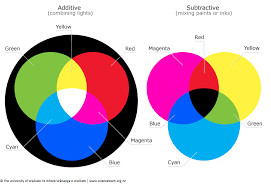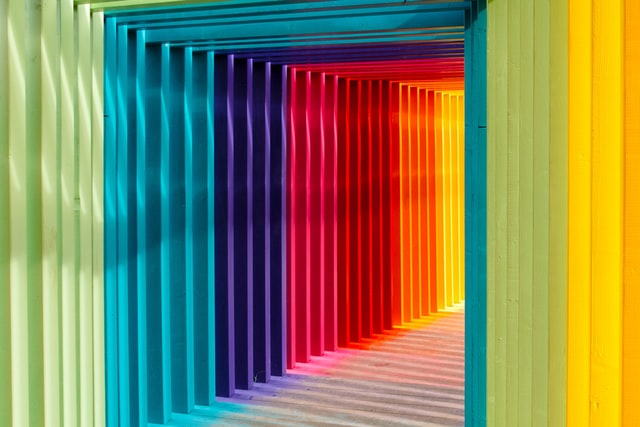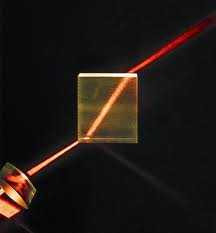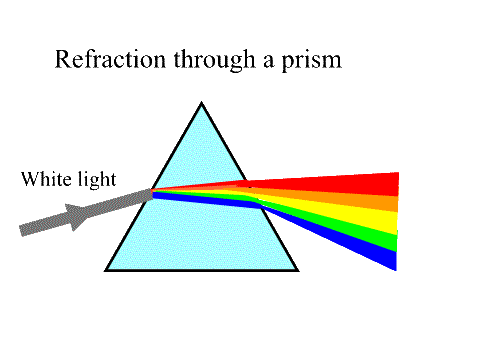| Posted on
The color of light is a phenomenon that has been debated for decades, with scientists still unable to agree on a single answer.
The color of light is one of the hardest things to measure, and it can be seen in different ways. For example, when you look directly at a bright blue LED bulb it will appear white. But if you paint the same LED bulb with yellow paint behind it then the light will turn into an orangey shade because our brain mixes colors together like this to work out what color something actually is.
Some people believe that there are seven colors of visible light - red, orange, yellow, green, blue-green, blue and violet (purple).

0
0 Comment
Blogger | Posted on
Colors are just the how our brain perceives different light wavelengths. The electromagnetic spectrum includes more than simply light. As a result, light has no colour in the traditional sense, but it does have different wavelengths, some of which are invisible to us, such as ultraviolet and infrared light.
Light:
Electromagnetic radiation is what light is. It contains photons that vibrate at specific frequencies and wavelengths. Red light has a wavelength of 495–570 nm and a frequency of 526–606 THz, while blue light has a frequency of 606–668 THz and a wavelength of 450–495 nm.
Visual System:
Our eyes are exposed to light of various wavelengths and frequencies. Our eyes generate electric impulses based on the wavelength of light perceived. Optic nerves carry these signals to the brain's Visual Cortex. This results in colour (different colours for different impulses, White when all impulses are received and Black when none).

0
0 Comment
Some would say that the color of light is white, and some would say light is colorless. Some would take light as sunlight and say that its color is yellow.



0
0 Comment
